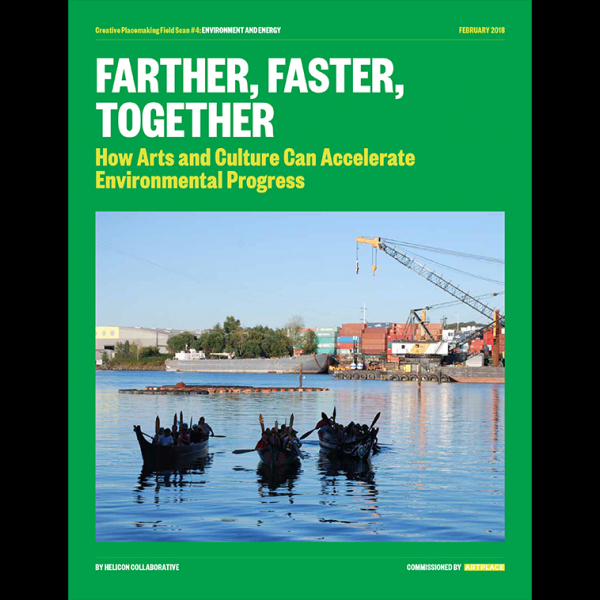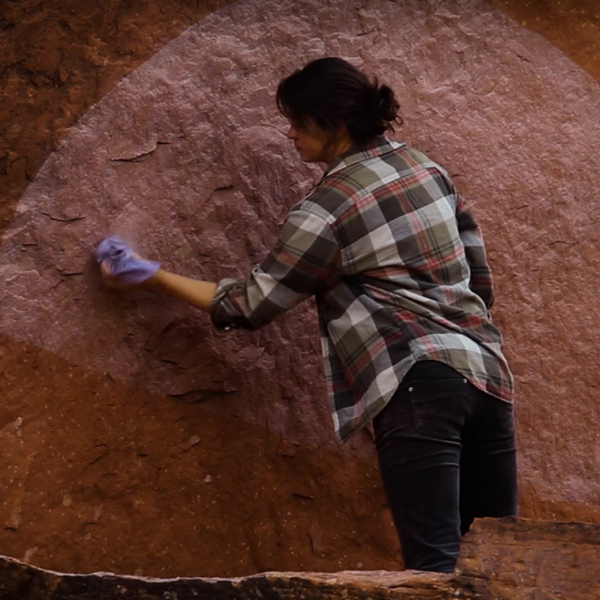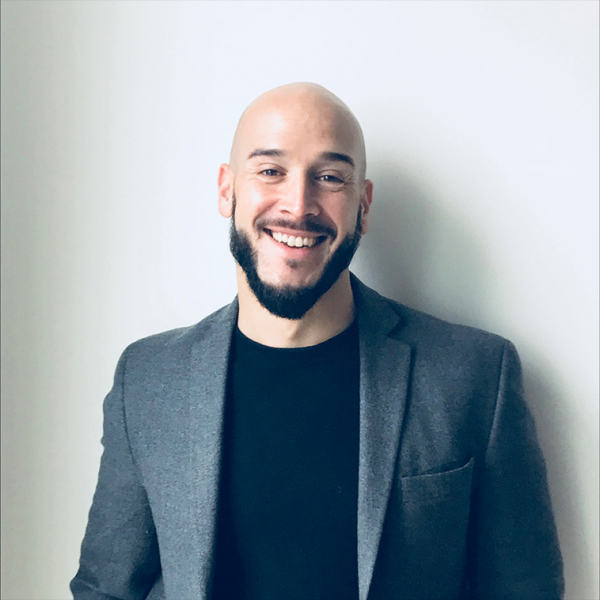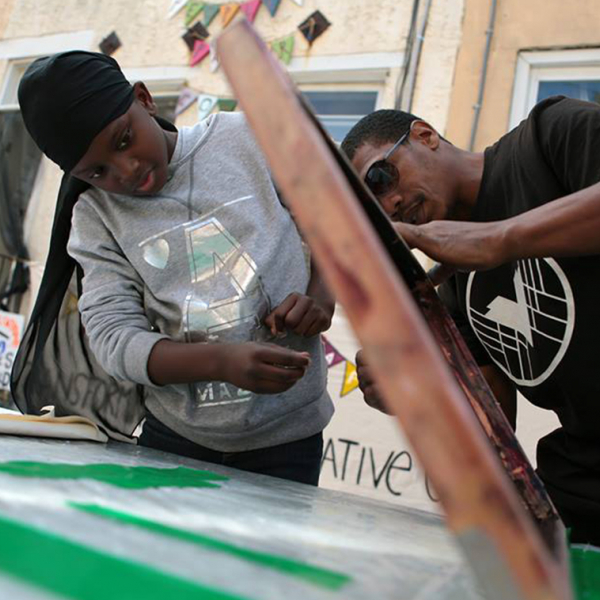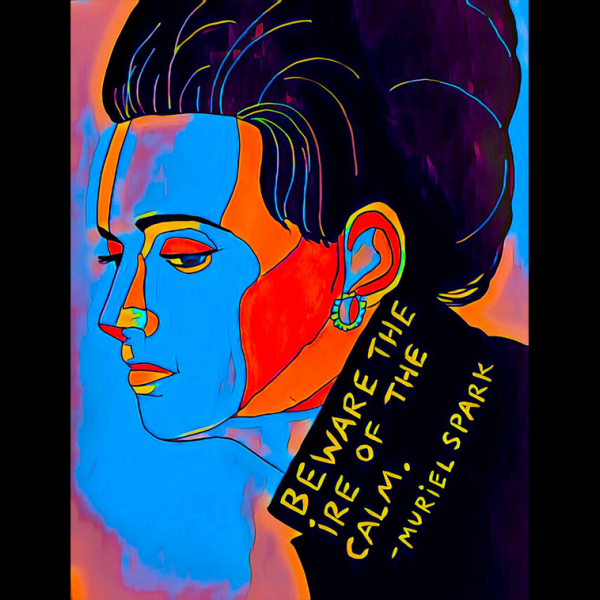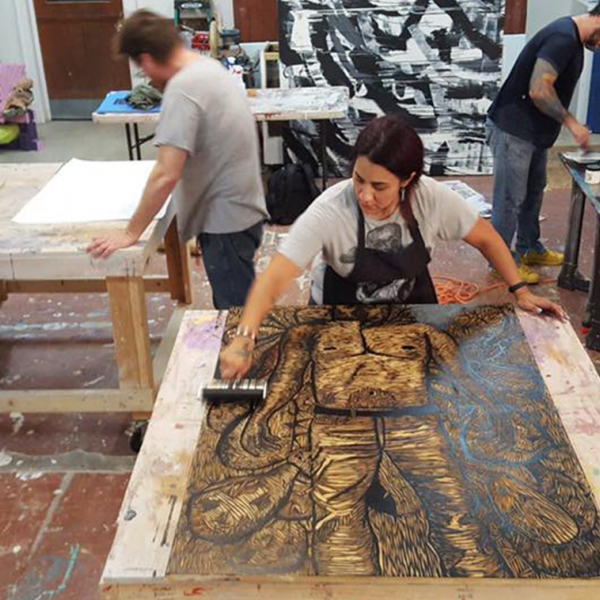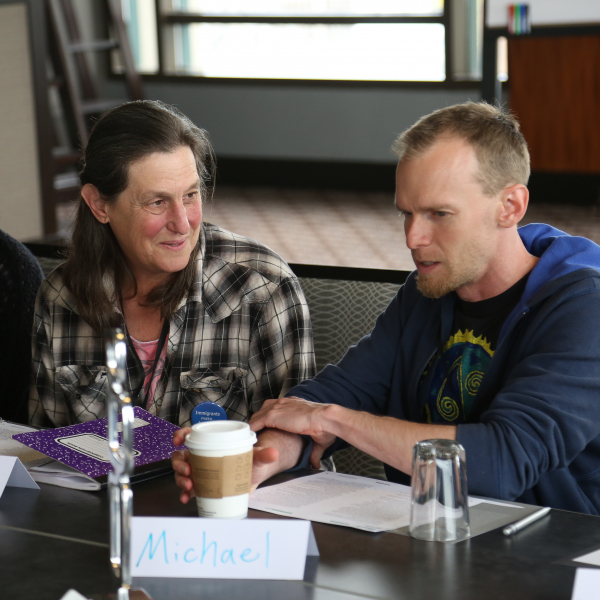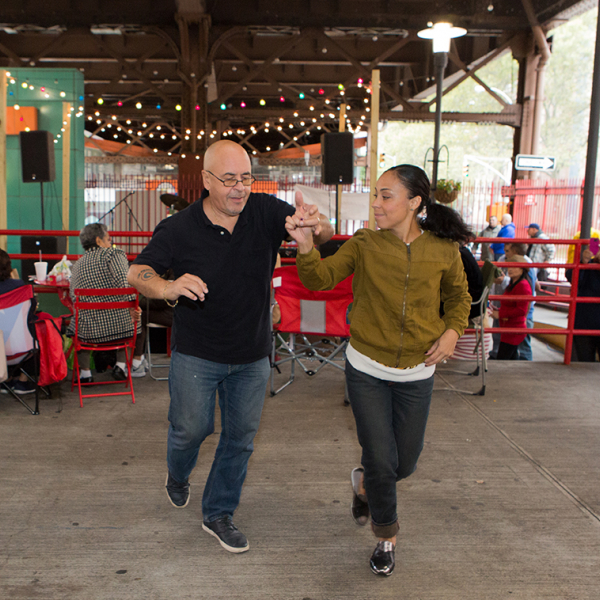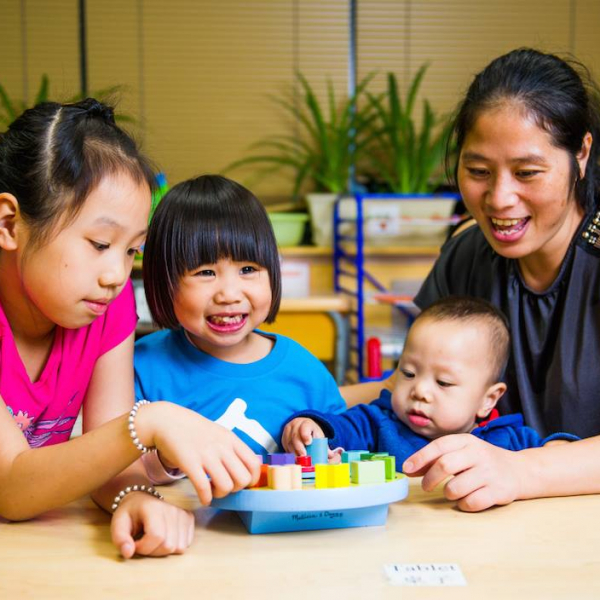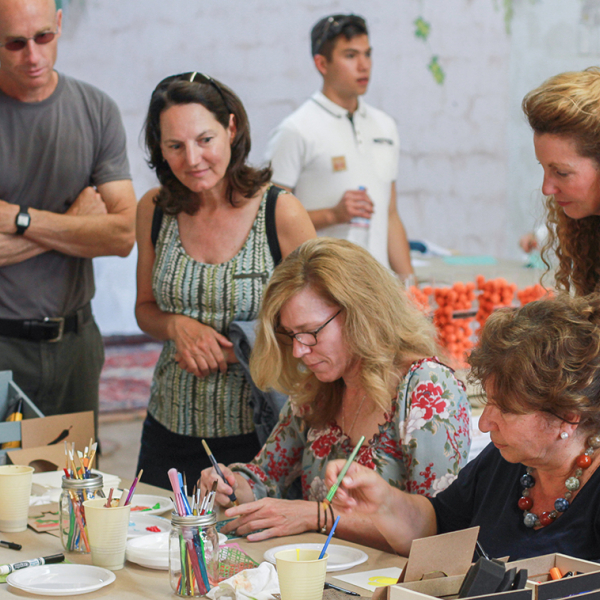Environmental sustainability is at its root about the health, safety, and long-term integrity of the places where we all live, work, and play. We are increasingly realizing that sustainability isn’t the purview of a single sector working in isolation, but a shared responsibility for changing how we live in relation to our natural environment and to each other. Environmental leaders fully recognize this, and are eagerly looking for new ideas, partners, methods, and tools that can help propel the social, cultural, economic, political, and physical changes we need to get us where we need to go.
07.02.18
Last year, we had the privilege of working with Utah Diné Bikéyah as they partnered with five Native tribes on the project ‘Traditional Arts of Bears Ears- Hopi, Zuni, Dine, and Ute.’ The project aims to promote a sustainable economic future in San Juan County, UT through culture, community, and the arts. Their work is in supporting community dialogues around a future not dependent on extractive resource development, that is instead driven by local sustainable economic solutions and the strengths of the diverse Native American Tribes who live or share ancestry to San Juan County.
05.02.18
As you may have read, the Surdna Foundation has just announced that F. Javier Torres will be joining them as the next Program Director for their Thriving Cultures program. We are thrilled for everyone: thrilled that Javier will be taking on a new challenge worthy of him; thrilled that the Foundation has recognized all that Javier can bring to their work; and even thrilled for ourselves – since Surdna is one of our key partners, we will all get to continue to work closely with him.
24.01.18
In Philadelphia, PA, The Village of Arts and Humanities will embark on a community-driven design process to transform two vacant row homes into the Civic Power Studio, a site for residents, artists, law enforcement, and neighborhood stakeholders to study and build the neighborhood’s civic power, and to collaborate on new public safety strategies rooted in care rather than control. At the center of our creative campus in North Philadelphia, ten tall mosaic angels guard a scrubby grass lot, well-worn with foot traffic. Their graceful hands hold books and swords. Their eyes, made from mirrored glass, catch and reflect all viewers in their gaze.
23.01.18
At our 2017 summit we had an intriguing sounding session called Jedi Mind Tricks of Conflict Resolution. We were hoping it would appeal to Star Wars fans, and those wanting help to resolve conflicts alike. Brad Heckman, C EO of the New York Peace Institute, one of the nation’s largest community peacebuilding services. He is also an Adjunct Professor at NYU. Brad has trained unions, police, NASA, community groups, UN programs, and corporations worldwide. He incorporates art, pop culture, and theater in his workshops. At our 2017 summit we had an intriguing sounding session called Jedi Mind Tricks of Conflict Resolution. We were hoping it would appeal to Star Wars fans, and those wanting help to resolve conflicts alike. Brad Heckman, C EO of the New York Peace Institute , one of the nation’s largest community peacebuilding services. He is also an Adjunct Professor at NYU. Brad has trained unions, police, NASA, community groups, UN programs, and corporations worldwide. Whether we're working to resolve a dispute between community partners or a conflict in our personal lives, the tools of mediation are essential to problem solving. In this skills-based workshop, participants were invited to share experiences that required mediation tactics and learn from each other best practices for conflict resolution.
17.01.18
The Buena Vida neighborhood of Brownsville, Texas is one of the oldest and most culturally vibrant of the southernmost edge of the US/ Mexico border. There is an incredible strength of cultural resources in the community and many people are ready to start turning their creativity into small businesses. Taller de Permiso (Permission Workshop) is an activist and community led arts space and campaign which seeks to decode, re-imagine and make easier the permitting processes in the area for small informal business owners.
11.01.18
Hi there! I’m Justin, the most recent addition to the ArtPlace team. At the ArtPlace Summit in 2017 I had the good fortune to sit in on a session about engaging with individual donors and creating an organizational culture of philanthropy. Dan Hagarty of the Heard Museum was our navigator for the hour-long session on fundraising. During the session Dan, who was a one time an employee of PBS, used muppets and Sesame Street clips to convey the importance of donors as part of your community instead of treating them as apart from it.
09.01.18
Last month we shared an article from Stacey Barbas, Senior program officer on The Kresge Foundation's Health Program. She introduced us to the Fresh, Local and Equitable (FreshLo) cohort which includes twenty-three urban neighborhoods across the United States with community residents driven to increase access to healthy, affordable food, and create economic opportunities through new food enterprises. The FreshLo initiative supports the integration of this food-orientated development with creative placemaking, and because the food enterprises emerge from community culture and assets they have had an intentional infusion of arts in their planning and development.
03.01.18
This is part two of a two part interview with the Pao Arts Center. The Boston Chinatown Neighborhood Center received funding from ArtPlace in 2016 to create the Pao Arts Center, a communal arts center located inside the One Greenway building in Boston, Massachusetts’s historic Chinatown neighborhood. The building is located on a piece of land known as “Parcel 24,” which was once home to over 200 Chinatown families before they were displaced when a highway was constructed through the area.
26.12.17
San Luis Obispo County (SLO), CA is a highly productive agricultural area, producing an estimated seven pounds of fruits and vegetables per resident per day. Only 7% of locally grown food is consumed within the county. Community food activists wanted to create a local food distribution network at the county level. In 2015 ArtPlace funded this support for community efforts already underway. SLO MAP started by mapping food resources and system flows, conducting interviews and creative workshops to explore understandings of food/place across the county, and developing installations that foster more engaged stewardship of the food system.






